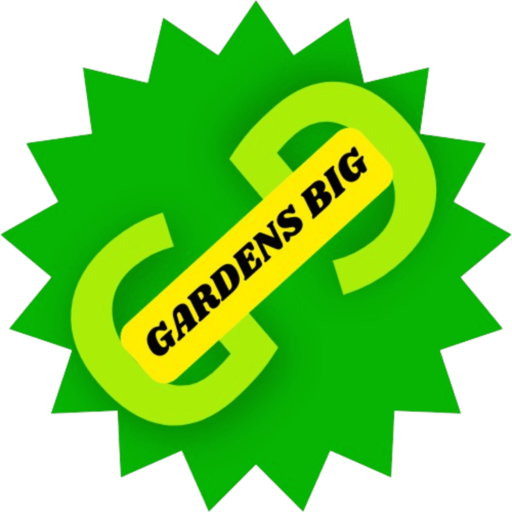Discovering Innovative Garden Design Ideas at San Francisco Botanical Garden
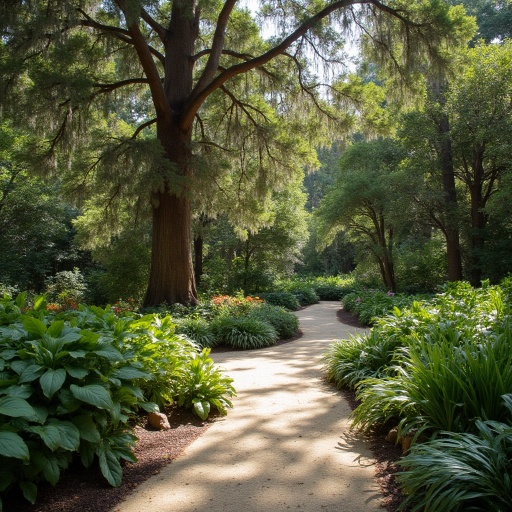
Did you know that gardens featuring plants from five continents can thrive in a single microclimate? The San Francisco Botanical Garden defies conventional garden design ideas by showcasing over 8,000 different plant species from around the world, all flourishing in the city’s unique fog-cooled environment. This 55-acre living museum demonstrates how thoughtful landscape designs can create harmonious ecosystems that both celebrate global biodiversity and inspire home gardeners. Whether you’re seeking creative landscaping designs for your own space or simply wanting to experience one of the most diverse botanical collections in North America, this urban oasis offers countless inspirations for reimagining what’s possible in garden spaces.
Information About San Francisco Botanical Garden
The San Francisco Botanical Garden stands as one of California’s most extraordinary botanical treasures, offering both casual visitors and serious gardening enthusiasts an immersive experience in plant diversity and garden design:
- Rich History: Originally conceived in the 1890s but officially opened in 1940 as the Strybing Arboretum
- Global Diversity: Houses living collections from Mediterranean climates worldwide, including rare cloud forest species
- Design Excellence: Features 17 distinct garden areas, each showcasing different landscaping approaches and plant communities
- Educational Resource: Offers classes, tours, and programs for all ages focused on horticulture, ecology, and sustainable gardening
- Urban Sanctuary: Provides 55 acres of tranquil green space within bustling Golden Gate Park
- Seasonal Interest: Displays year-round color and texture through carefully planned garden designs
- Conservation Leadership: Participates in rare plant preservation and sustainable landscape practices
Timing
A thoroughly enjoyable visit to the San Francisco Botanical Garden typically requires 2-3 hours, though many garden design enthusiasts spend half a day exploring its varied collections and taking notes on planting combinations. According to visitor surveys, the average visit lasts approximately 2 hours and 15 minutes, with photographers and sketchers staying considerably longer. The gardens experience peak visitation between 11am and 2pm, so early morning visits (opening time is 7:30am on weekdays, 8am on weekends) provide the best opportunity for unobstructed viewing and photography of garden layouts and plant groupings. Seasonal highlights vary throughout the year, with magnolias blooming spectacularly in winter, Mediterranean sections peaking in spring, and the California native garden showcasing drought-adaptive design in summer and fall.
Step-by-Step Guide to Exploring San Francisco Botanical Garden
Step 1: Begin at the Main Gate and Visitor Center
Start your garden design exploration at the Main Gate entrance on 9th Avenue, where you’ll find the Helen Crocker Russell Library of Horticulture—the most comprehensive horticultural library in northern California. Pick up a map and the current “What’s Blooming” guide, which highlights seasonal garden design features.
Pro tip: Ask staff about any special garden installations or newly redesigned areas that might not be featured in standard materials. The garden frequently updates sections to showcase innovative sustainable landscaping techniques.
Step 2: Discover the Ancient Plant Garden
This area showcases design principles using primitive plant species that have existed for millions of years. Study how these architectural plants like cycads, tree ferns, and ginkgos create dramatic structural elements in the landscape.
Pro tip: Notice how the garden design utilizes contrasting textures and forms rather than relying on flowers for visual interest—a valuable technique for creating year-round appeal in home gardens.
Step 3: Explore the California Native Garden
This section demonstrates how to incorporate indigenous plants into beautiful, water-wise landscape designs. Pay attention to the plant groupings that mimic natural California habitats while maintaining aesthetic appeal.
Pro tip: Take photos of plant identification tags for native species that catch your eye—these drought-adapted plants will likely perform well in your own garden with minimal maintenance.
Step 4: Wander Through the Garden of Fragrance
This specially designed sensory garden showcases how landscape design can engage multiple senses. Notice the accessible raised beds, the organization of plants by scent category, and the thoughtful placement of seating areas.
Pro tip: Close your eyes periodically to experience how fragrance changes as you move through different garden zones—an often overlooked element in garden design that can dramatically enhance the visitor experience.
Step 5: Study the Mediterranean and South African Gardens
These sections showcase plants from climate zones similar to California’s, providing excellent inspiration for drought-tolerant garden design. Note how designers have grouped plants with similar water needs while creating visually harmonious combinations.
Pro tip: Pay special attention to the hardscaping elements—paths, walls, and mulching techniques—that complement the plant selections and contribute to water conservation.
Step 6: Visit the Southeast Asian Cloud Forest
This unique collection demonstrates how to create microclimate zones in your landscape. Observe how the garden uses topography, canopy layers, and water features to maintain humidity for these specialized plants.
Pro tip: While you may not be recreating a cloud forest at home, the principles of layered plantings and microclimate creation can be applied to challenging areas in your own garden, such as hot, exposed sites or deep shade locations.
Step 7: Experience the Moon Viewing Garden
This Japanese-inspired garden area demonstrates principles of restraint and mindful design. Study how carefully placed elements create a sense of tranquility and how negative space enhances rather than detracts from the garden experience.
Pro tip: Take a moment to sit on the viewing deck and consider how the garden reveals itself from this vantage point—a reminder that good garden design considers not just the plants themselves but how they will be viewed and experienced.
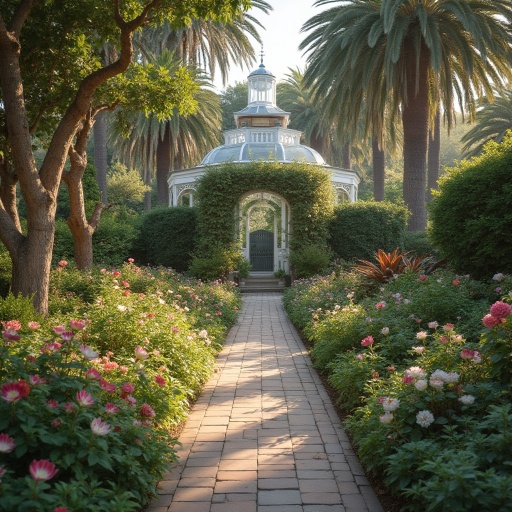
Technical and Artistic Information
Garden Overview
- Founder: Originally conceived by John McLaren; established as Strybing Arboretum by Helene Strybing’s bequest
- Founded: Planned in 1890s, officially opened in 1940
- Location: Golden Gate Park, San Francisco, California
- Total Area: 55 acres
- Climate: Unique microclimate characterized by mild temperatures (rarely below 40°F or above 75°F) and summer fog
- Water Resources: Utilizes recycled water, fog capture, and efficient irrigation systems; demonstrates sustainable water practices
Garden Mission and Vision
The San Francisco Botanical Garden aims to cultivate an extraordinary urban garden that provides a living museum of rare and beautiful plants, a tranquil sanctuary, and educational programs for visitors of all ages. Its objectives include plant conservation, research, education, and creating connections between people and plants.
Garden Designs and Areas
The garden features 17 distinct areas showcasing various landscape designs:
- California Native Garden: Demonstrating sustainable landscaping with indigenous plants
- Ancient Plant Garden: Featuring primitive plant species in an evolutionary garden design
- Mediterranean Garden: Showcasing plants from the five Mediterranean climate regions worldwide
- South African Garden: Highlighting the diverse flora of South Africa’s Cape region
- Redwood Grove: Recreating California’s native forest ecosystem
- Garden of Fragrance: A sensory garden with accessible features
- Southeast Asian Cloud Forest: Recreating mountain cloud forest habitats
- Temperate Asia Garden: Featuring plants from China, Japan, and the Himalayas
- Chilean Garden: Showcasing plants from South America’s mediterranean region
- Mesoamerican Cloud Forest: Featuring plants from high-elevation Central American forests
- Zellerbach Garden: A formal garden showcasing seasonal displays
- Moon Viewing Garden: A Japanese-inspired contemplative space
- Australian Garden: Featuring plants from Australia’s diverse ecosystems
- New Zealand Garden: Showcasing the unique flora of New Zealand
- Succulent Garden: Demonstrating water-wise garden design with succulents
- Great Meadow: An open lawn area surrounded by tree collections
- Exhibition Garden: Featuring changing displays of seasonal interest
Distinctive Plant Collections
The garden houses several notable plant collections:
- World’s fourth most significant magnolia collection for conservation purposes
- Largest collection of cloud forest plants outside their native habitats
- Extensive collection of high-elevation palms
- Comprehensive collection of plants from the world’s five mediterranean climate regions
- Notable rhododendron and conifer collections
- Rare and endangered California native plants
Architectural Features
- Helen Crocker Russell Library: The most comprehensive horticultural library in Northern California
- County Fair Building: Houses educational programs and events
- Celebration Garden: A specifically designed event space for weddings and gatherings
- Friend Gate: Architectural entry featuring botanical motifs
- Garden of Fragrance Pavilion: Sheltered seating area within the sensory garden
- Moon Viewing Deck: Japanese-inspired viewing platform
Visitor Amenities
- Garden Bookstore: Offering gardening books, gifts, and plant-related merchandise
- Plant Arbor: Seasonal plant sales featuring species that grow well in the Bay Area
- Picnic Areas: Designated spaces for bringing your own food
- Wheelchairs: Available free of charge
- Guided Tours: Daily docent-led tours highlighting seasonal features
- Children’s Garden: Interactive space for family exploration
- Educational Classrooms: For workshops and classes
- Water Fountains and Restrooms: Conveniently located throughout the garden
Special Events and Programs
- Flower Piano: July event placing pianos throughout the garden for public enjoyment
- Cloud Forest Day: August celebration of the garden’s unique cloud forest collections
- Magnolia Days: January-February celebration of the magnolia collection in bloom
- Summer Music Series: Weekend performances in the garden
- Garden Feast: Annual fundraising luncheon
- Plant Sales: Seasonal sales of plants propagated from the garden’s collections
- Children’s Story Time: Weekly readings in the library
- Botanical Art Classes: Regular workshops for all skill levels
Access Information
- Regular Hours: 7:30am-5pm weekdays, 8am-5pm weekends (summer hours until 6pm)
- Admission: San Francisco residents free with ID, Non-residents: Adults $9, Seniors/Youth $6, Children under 5 free
- Address: 1199 9th Avenue, San Francisco, CA 94122
- Public Transportation: Accessible via MUNI lines N-Judah, 44 O’Shaughnessy, and 6 Haight/Parnassus
- Parking: Street parking and nearby garage in Music Concourse
- Accessibility: Most garden paths accessible to wheelchairs, with some exceptions in steeper areas
Management and Governance
The San Francisco Botanical Garden is managed through a unique public-private partnership between:
- The San Francisco Botanical Garden Society (nonprofit organization)
- San Francisco Recreation and Parks Department
The professional staff includes:
- Horticulturists specializing in different global plant communities
- Plant conservation scientists
- Education specialists
- Volunteer coordinators managing over 500 active volunteers
- Maintenance crews practicing sustainable landscape management
Visitor Demographics
- Approximately 450,000 annual visitors
- 65% Bay Area residents, 25% domestic tourists, 10% international visitors
- Popular with families, photographers, artists, and garden enthusiasts
- Educational programs serve over 13,000 students annually
- Community impact includes providing green space access, education, and cultural enrichment
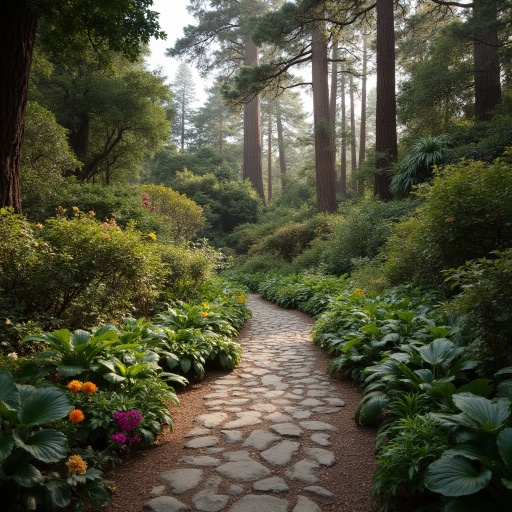
Healthy Alternatives to Traditional Garden Visits
While the San Francisco Botanical Garden offers an unparalleled plant diversity experience, consider these complementary garden-focused activities to expand your understanding of garden design:
- UC Berkeley Botanical Garden: Features an extensive collection of plants organized by global region with a focus on scientific research
- Filoli Historic House & Garden: Showcases formal garden design in a historic estate setting
- Ruth Bancroft Garden: Specializes in drought-tolerant design and succulents
- Japanese Tea Garden: Adjacent to the Botanical Garden in Golden Gate Park, demonstrating traditional Japanese garden principles
For families with young children who might not have the patience for a full botanical garden tour, consider:
- Focusing just on the Children’s Garden section with its interactive elements
- Participating in a family-oriented guided tour specifically designed for young visitors
- Attending one of the garden’s special family days featuring activities for children
- Creating a garden scavenger hunt using the garden map to maintain children’s interest
Introductory Suggestions for Garden Design Enthusiasts
To maximize your garden design inspiration at San Francisco Botanical Garden:
- Bring a small sketchbook or digital device to record planting combinations
- Take close-up photos of plant groupings that could be replicated at home
- Consider downloading plant identification apps to learn more about unfamiliar species
- Visit during different seasons to understand how the garden maintains interest year-round
- Attend a docent-led tour focusing specifically on garden design principles
- Bring a small measuring tape to note spacing between plants in groupings you admire
- Check the library for garden design books to complement what you observe
- Look beyond plants to study hardscaping, path layouts, and seating placement
Common Mistakes to Avoid
When visiting San Francisco Botanical Garden for design inspiration, avoid these common pitfalls:
- Attempting to see everything in one visit: According to visitor surveys, those who focus on 3-4 garden areas report greater satisfaction and retention of ideas than those trying to see all 17 areas.
- Ignoring plant labels: 72% of visitors miss valuable information about growth habits and conditions that could determine whether a plant would work in their own garden.
- Overlooking seasonal context: What looks sparse in winter might be lushly filled in summer—ask staff about year-round appearance of areas that interest you.
- Focusing only on flowers: The garden’s most successful designs incorporate form, texture, and foliage that provide interest even when plants aren’t blooming.
- Missing the big picture: Take time to step back and observe how individual plants contribute to overall garden compositions rather than viewing each specimen in isolation.
- Neglecting to consider climate differences: Remember that your home garden may have different conditions; pay attention to microclimate creation techniques rather than specific plant selections.
Visitor Encouragement Tips
To fully engage with the garden design concepts at San Francisco Botanical Garden:
- Join a sketching or photography group that meets regularly in the garden
- Participate in hands-on gardening workshops to learn techniques demonstrated in the displays
- Consider volunteering to gain behind-the-scenes knowledge of how the gardens are maintained
- Attend specialized tours focusing on specific aspects like water-wise design or color theory
- Visit during different weather conditions to see how garden spaces function in fog, sun, or light rain
- Bring appropriate gear including sun protection, layers for San Francisco’s changeable weather, comfortable walking shoes, and water
- Allow time for reflection by utilizing the garden’s many seating areas to absorb design lessons
Conclusion
The San Francisco Botanical Garden showcases world-class garden design ideas through its diverse global collections, thoughtful landscape planning, and sustainable practices. From mediterranean water-wise designs to lush cloud forest displays, visitors gain practical inspiration applicable to home gardens while experiencing the tranquility of this urban sanctuary. Each themed garden area demonstrates how plants, hardscaping, and thoughtful design create harmonious outdoor spaces.
Ready to transform your own garden? Visit San Francisco Botanical Garden for inspiration, then share your experience in the comments below or subscribe to our newsletter for seasonal gardening tips inspired by botanical gardens worldwide.
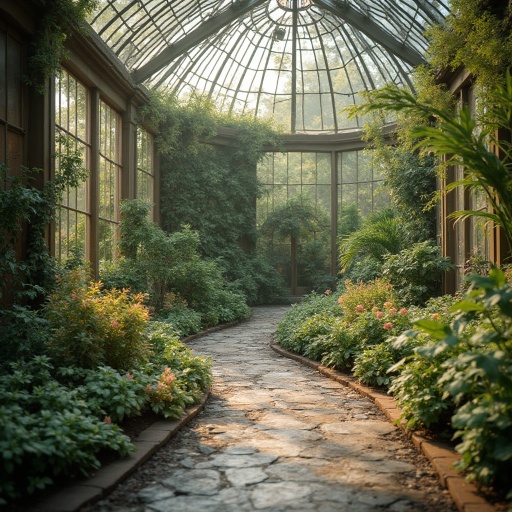
Frequently Asked Questions
When is the best time to visit for garden design inspiration?
Each season offers unique design inspiration. Winter (December-February) showcases the magnificent magnolia collection and structural elements, spring brings mediterranean section blooms, summer highlights the native garden’s drought-tolerance, and fall features colorful berries and autumn foliage. For serious garden designers, multiple visits throughout the year provide the most comprehensive understanding of successful year-round planting strategies.
Can I bring plants from the garden into my home landscape?
While you can’t collect plants directly from the garden, the Plant Arbor sells plants propagated from the garden’s collections that are well-suited to Bay Area conditions. Additionally, the garden hosts several plant sales throughout the year featuring species that thrive in similar climates. The garden’s plant records staff can also provide information about nurseries that carry specific plants you admire.
How applicable are the garden designs to home gardens?
Many design principles demonstrated throughout the botanical garden can be scaled appropriately for home landscapes. The California Native Garden, Succulent Garden, and mediterranean sections in particular showcase techniques suitable for residential properties. Look for grouped plantings, repeating elements, and microclimate creation that can be adapted to smaller spaces.
Does the garden offer design consultation services?
While the garden doesn’t provide direct design consultations, they offer regularly scheduled classes on garden design principles. The Helen Crocker Russell Library contains extensive design resources, and docents can answer many design-related questions during tours. Additionally, the garden hosts a “Plant Doctor” program where experts provide advice on plant selection and placement several times monthly.
How does the garden address climate change and sustainability in its designs?
The garden demonstrates numerous sustainable practices including water-wise plant selection, grouping plants with similar water needs (hydrozoning), efficient irrigation systems, use of recycled water, mulching techniques, and creating resilient plant communities. These practices are highlighted through interpretive signage throughout the gardens and can be readily adopted by home gardeners interested in environmentally responsible landscape designs.
